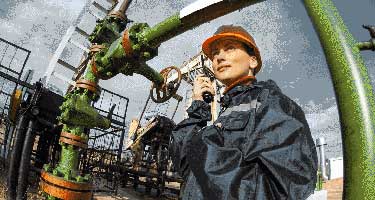What are the Safety Road Blocks for Oil and Gas?
The oil and gas industry is a crucial, but risky industry. While the industry has gotten much safer over the years, a recent study by Draeger reveals major gaps we can fix.

Check out even more resources

Manage Risk for Oil and Gas Companies With a Risk Assessment Checklist
Today, the challenges faced by the oil and gas industry are considerable. Effective business leaders and managers must thoroughly understand them to determine…

Solutions to Waste Management Issues For Oil & Gas Companies
Waste management compliance is important in every industry. The oil and gas industry, in particular, has a strong risk of waste emissions…

4 Ways Big Data is Transforming Oil and Gas
Oil and gas companies are getting smart about using the data they collect to gain insights and manage people, equipment, and worksites more effectively…
Connect with an Expert Today.
We’ll help you put together the right solution for your needs.
Text Version
The safety roadblocks in oil and gas.
One oil and gas worker is killed on average every three days. Seven times higher on the job fatality rate than the rate for all US industries.
Fatal incidents by type: transportation, fire and explosion, falls, slips, trips, harmful substances/environments, and contact with objects/equipment.
The root causes of danger. Lack of training. 62% of safety managers are somewhat or not satisfied with the frequency of safety education/training.
How often do front-line employees bump-test gas detection devices? 28.3% Don’t know. 28% Once a week. 8.7% Twice a month. 6.5% At their discretion. 4.3% Never.
The communication gap. 70+% of front line employees and managers agree that incidents are learning opportunities. 43% of safety managers were only sometimes or rarely informed when an imminent threat to employee’s life occurred. 56.5% of front line employees were sometimes, rarely, or never told.